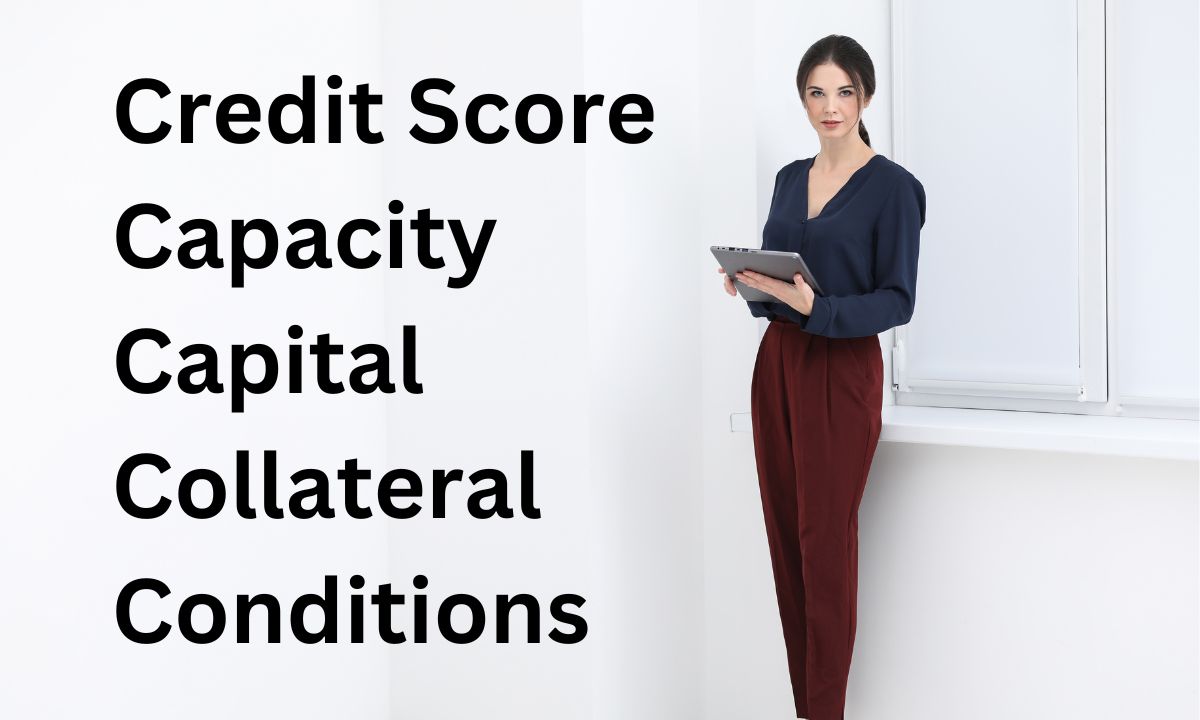Understanding the Role of HUD in Regulating Mortgage Lending Practices
 With various regulations and guidelines to follow, it’s crucial to understand the role of the U.S. Department of Housing and Urban Development (HUD) in this landscape. HUD plays a vital role in regulating mortgage lending practices to ensure fair and equitable access to housing. In this blog post, we’ll delve into the functions of HUD and how they impact mortgage lending practices.
With various regulations and guidelines to follow, it’s crucial to understand the role of the U.S. Department of Housing and Urban Development (HUD) in this landscape. HUD plays a vital role in regulating mortgage lending practices to ensure fair and equitable access to housing. In this blog post, we’ll delve into the functions of HUD and how they impact mortgage lending practices.
What is HUD?
The U.S. Department of Housing and Urban Development, commonly known as HUD, was established in 1965 to develop and execute policies on housing and urban development. HUD’s mission is to create strong, sustainable, inclusive communities and quality affordable homes for all. Through its various programs and initiatives, HUD aims to meet the housing needs of Americans, improve the nation’s communities, and enforce fair housing laws.
Key Functions of HUD in Mortgage Lending
- Enforcing Fair Housing Laws
- HUD enforces the Fair Housing Act, which prohibits discrimination in housing-related activities, including mortgage lending, based on race, color, national origin, religion, sex, familial status, or disability. This ensures that all individuals have equal access to housing opportunities without facing discriminatory practices.
- Regulating FHA Loans
- HUD oversees the Federal Housing Administration (FHA), which provides mortgage insurance on loans made by FHA-approved lenders. FHA loans are popular among first-time homebuyers due to their lower down payment requirements and more lenient credit criteria. HUD sets the guidelines and requirements for these loans, ensuring lenders adhere to responsible lending practices.
- Promoting Housing Counseling and Education
- HUD supports housing counseling agencies that offer guidance and education to potential homebuyers. These agencies help consumers understand the home-buying process, evaluate their financial situation, and navigate mortgage options. HUD-approved housing counselors provide crucial assistance in making informed decisions and avoiding predatory lending practices.
- Ensuring Responsible Lending
- HUD works to prevent predatory lending practices that can exploit vulnerable consumers. Through its regulatory authority, HUD establishes and enforces standards for mortgage lenders to follow, promoting transparency and fairness in the lending process. This includes setting limits on fees and interest rates and ensuring that lenders provide clear and accurate information to borrowers.
- Providing Support During Financial Hardships
- In times of economic downturn or personal financial hardship, HUD offers programs to help homeowners avoid foreclosure. Through initiatives like the Home Affordable Modification Program (HAMP) and the Home Affordable Refinance Program (HARP), HUD provides options for struggling homeowners to modify or refinance their mortgages, making payments more affordable.
Impact of HUD’s Regulations on Consumers
HUD’s regulations and initiatives have a significant impact on consumers in several ways:
- Increased Access to Homeownership: By enforcing fair housing laws and regulating FHA loans, HUD helps increase access to homeownership for a broader range of individuals, including those with lower incomes or less-than-perfect credit histories.
- Protection from Discrimination: HUD’s enforcement of the Fair Housing Act ensures that consumers are protected from discriminatory practices in mortgage lending, promoting a fair and inclusive housing market.
- Financial Guidance and Education: Through HUD-approved housing counseling agencies, consumers receive valuable education and guidance, empowering them to make informed decisions and avoid predatory lending.
- Support in Times of Hardship: HUD’s programs for struggling homeowners provide crucial support, helping individuals stay in their homes and avoid the devastating impact of foreclosure.
Understanding the role of HUD in regulating mortgage lending practices is essential for anyone navigating the home-buying process. By enforcing fair housing laws, regulating FHA loans, promoting housing counseling, ensuring responsible lending, and providing support during financial hardships, HUD plays a pivotal role in ensuring a fair and equitable housing market. As a consumer, being aware of HUD’s functions and the protections it offers can help you make informed decisions and achieve your homeownership goals with confidence.

 Working through the mortgage process can be complex, and one significant yet often misunderstood aspect is the role of a mortgage loan servicer. You might be familiar with lenders, the entities that provide the funds for your home purchase, the servicer is the company you’ll interact with most frequently over the life of your loan. Understanding what a mortgage loan servicer does can help you manage your mortgage more effectively and know who to turn to with any questions or issues.
Working through the mortgage process can be complex, and one significant yet often misunderstood aspect is the role of a mortgage loan servicer. You might be familiar with lenders, the entities that provide the funds for your home purchase, the servicer is the company you’ll interact with most frequently over the life of your loan. Understanding what a mortgage loan servicer does can help you manage your mortgage more effectively and know who to turn to with any questions or issues. Understanding the difference between prime and subprime mortgages is essential for anyone entering the world of home financing. Prime mortgages are tailored for individuals with exemplary credit scores and stable financial profiles, offering them lower interest rates and more favorable loan conditions. Conversely, subprime mortgages are intended for those with lower credit scores or a history of financial setbacks, resulting in higher interest rates and less beneficial terms. Let’s take a look at both.
Understanding the difference between prime and subprime mortgages is essential for anyone entering the world of home financing. Prime mortgages are tailored for individuals with exemplary credit scores and stable financial profiles, offering them lower interest rates and more favorable loan conditions. Conversely, subprime mortgages are intended for those with lower credit scores or a history of financial setbacks, resulting in higher interest rates and less beneficial terms. Let’s take a look at both. The options for securing a mortgage have expanded beyond the brick-and-mortar banks to include online lenders. With this diversity comes a crucial decision for homebuyers: should you opt for the convenience of online lenders or stick with the familiarity of traditional banks? Let’s explore the pros and cons of both options to help you make an informed decision.
The options for securing a mortgage have expanded beyond the brick-and-mortar banks to include online lenders. With this diversity comes a crucial decision for homebuyers: should you opt for the convenience of online lenders or stick with the familiarity of traditional banks? Let’s explore the pros and cons of both options to help you make an informed decision. Buying a home is one of the most significant financial decisions most of us will ever make. It’s a journey filled with excitement, anticipation, and sometimes, a touch of anxiety. Among the many steps involved in this process, understanding mortgage underwriting is crucial. To demystify this complex process, let’s delve into the 5 C’s of mortgage underwriting.
Buying a home is one of the most significant financial decisions most of us will ever make. It’s a journey filled with excitement, anticipation, and sometimes, a touch of anxiety. Among the many steps involved in this process, understanding mortgage underwriting is crucial. To demystify this complex process, let’s delve into the 5 C’s of mortgage underwriting.